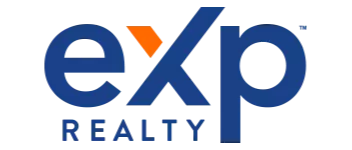Hidden Costs of Buying a Home (And How to Budget for Them)
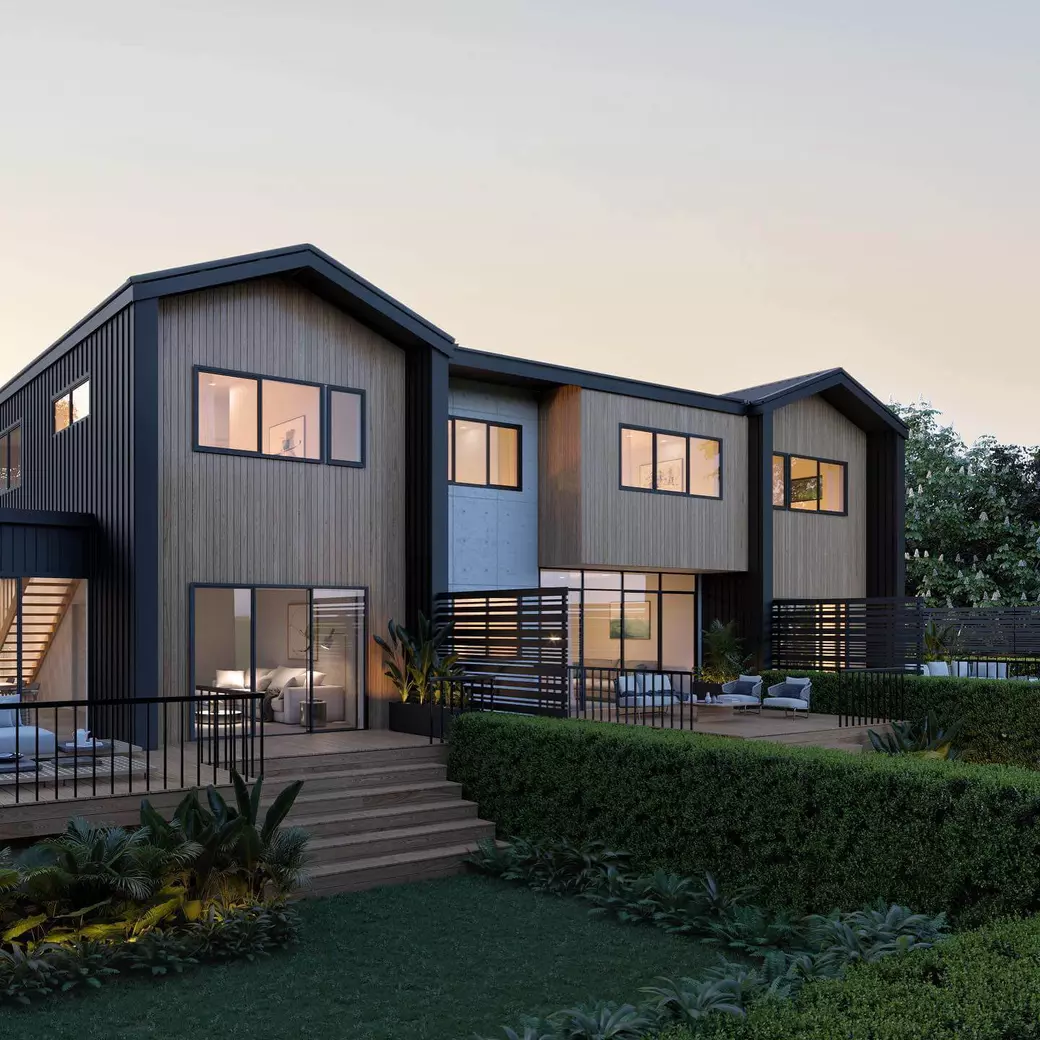
Hidden Costs of Buying a Home (And How to Budget for Them)
Buying a home is an exciting milestone, but it’s not just about the down payment and mortgage. Many buyers, especially first-timers, are surprised by the additional costs that come with purchasing a home. These “hidden” expenses can add up quickly and impact your budget if you’re not prepared.
In this guide, we’ll uncover the often-overlooked costs of buying a home and provide tips on how to budget effectively to avoid financial surprises.
1. Home Inspection Fees
A professional home inspection is a crucial step in the buying process, giving you a clear picture of the property’s condition.
Average Cost:
$300–$500, depending on the size and location of the home.
Why It’s Important:
- Identifies potential issues like structural damage, plumbing problems, or outdated electrical systems.
- Helps you make an informed decision or negotiate repairs with the seller.
Budgeting Tip:
Set aside funds for additional specialized inspections, such as radon testing or pest inspections, if needed.
2. Appraisal Costs
An appraisal is required by your lender to confirm the home’s value matches the loan amount.
Average Cost:
$300–$700.
Why It’s Important:
- Protects both the buyer and lender by ensuring the home is worth the agreed-upon price.
- Can influence your loan approval and terms.
3. Closing Costs
Closing costs cover various fees associated with finalizing your mortgage and transferring ownership.
What’s Included:
- Loan origination fees
- Title insurance
- Escrow fees
- Recording fees
Average Cost:
2%–5% of the home’s purchase price.
Budgeting Tip:
Ask your lender for a Loan Estimate early in the process to get an accurate breakdown of expected closing costs.
4. Property Taxes and Insurance
When you purchase a home, you’ll need to pay property taxes and homeowners insurance. These are often included in your monthly mortgage payment through an escrow account.
Average Cost:
- Property Taxes: Varies by location but averages 1%–2% of the home’s value annually.
- Homeowners Insurance: $1,200–$1,500 per year.
Budgeting Tip:
- Research property tax rates in your area before buying.
- Compare insurance quotes to find the best coverage at a reasonable price.
5. HOA Fees
If your new home is part of a homeowners association (HOA), you’ll need to pay monthly or annual fees.
Average Cost:
$200–$400 per month, depending on amenities and services provided.
Why It’s Important:
HOA fees often cover community maintenance, landscaping, and shared amenities like pools or gyms.
Budgeting Tip:
Factor HOA fees into your monthly expenses to ensure they fit within your budget.
6. Utility Setup and Deposits
When moving into a new home, setting up utilities can come with connection fees or deposits.
Common Utilities:
- Electricity
- Gas
- Water and sewer
- Internet and cable
Average Cost:
$200–$500 for deposits and setup fees.
Budgeting Tip:
Call utility providers ahead of time to understand setup costs and plan for your first month’s bills.
7. Moving Expenses
Moving costs vary greatly depending on how far you’re moving and whether you hire professional movers.
Average Cost:
- Local Move: $500–$2,000.
- Long-Distance Move: $2,000–$5,000 or more.
Budgeting Tip:
- Save money by packing yourself or enlisting help from friends.
- Get quotes from multiple moving companies to find the best deal.
8. Maintenance and Repairs
Even a move-in-ready home will likely need some maintenance or minor repairs after you move in.
Examples of Costs:
- Replacing locks or light fixtures.
- Landscaping or lawn care.
- Unexpected repairs, such as a leaking faucet or broken appliance.
Budgeting Tip:
Set aside 1%–3% of the home’s value annually for maintenance and repairs.
9. Furniture and Décor
Furnishing a new home can be exciting, but it’s also a significant expense if you’re upgrading or starting from scratch.
Average Cost:
$2,000–$10,000 or more, depending on your needs and preferences.
Budgeting Tip:
Prioritize essentials first, like a bed and dining table, and gradually add other items over time.
10. Unexpected Costs
From weatherproofing to replacing a garage door opener, unexpected expenses are part of homeownership.
Budgeting Tip:
Keep an emergency fund of at least 3–6 months’ worth of living expenses to cover unplanned costs.
How to Budget for Hidden Costs
1. Research Ahead of Time
- Use online calculators or speak with your lender to estimate your total costs.
- Factor in all recurring expenses, such as taxes, insurance, and HOA fees.
2. Save Beyond the Down Payment
Aim to save 5%–10% of the home’s purchase price to cover closing costs, inspections, and initial expenses.
3. Work with Professionals
A trusted real estate agent and lender can help you anticipate costs specific to your area and situation.
Final Thoughts: Plan for the True Cost of Homeownership
Being aware of hidden costs and planning for them will help you avoid financial stress and enjoy your new home. By budgeting for inspections, closing costs, and ongoing expenses, you’ll be better prepared to navigate the home-buying process with confidence.
If you’re ready to take the next step toward homeownership in Morgantown, West Virginia, or have questions about hidden costs, I’m here to help. Contact me today for personalized advice and guidance!
Categories
Recent Posts



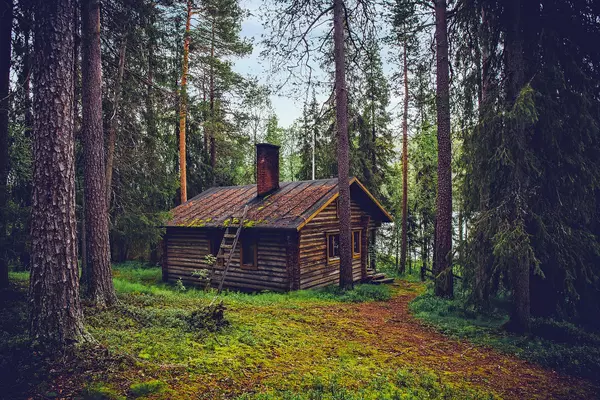

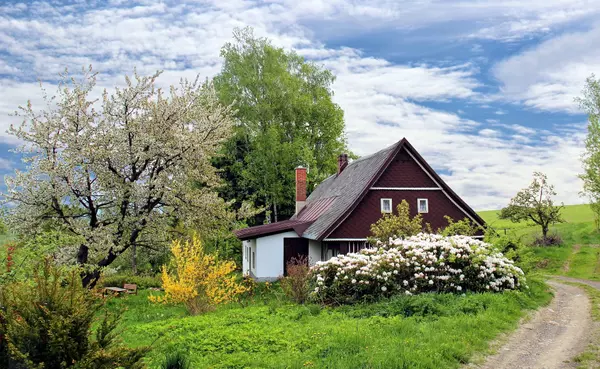

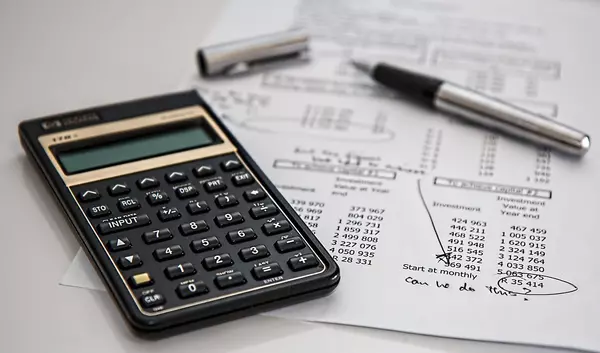



"My mission is to make your real estate journey as smooth and stress-free as possible. Whether you're buying your first home or navigating financial challenges, I'm here to provide transparent, friendly, and timely support every step of the way."
